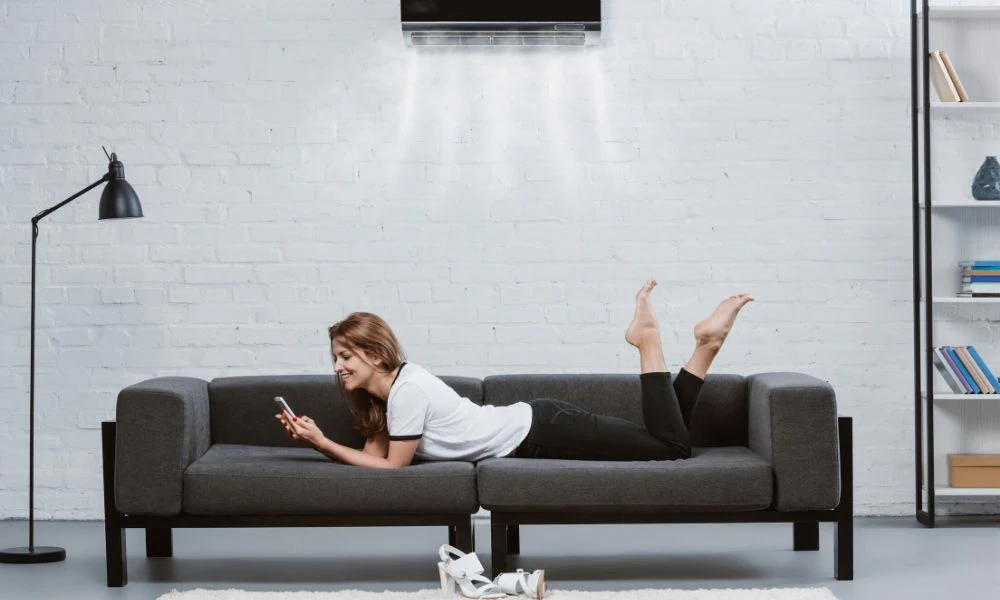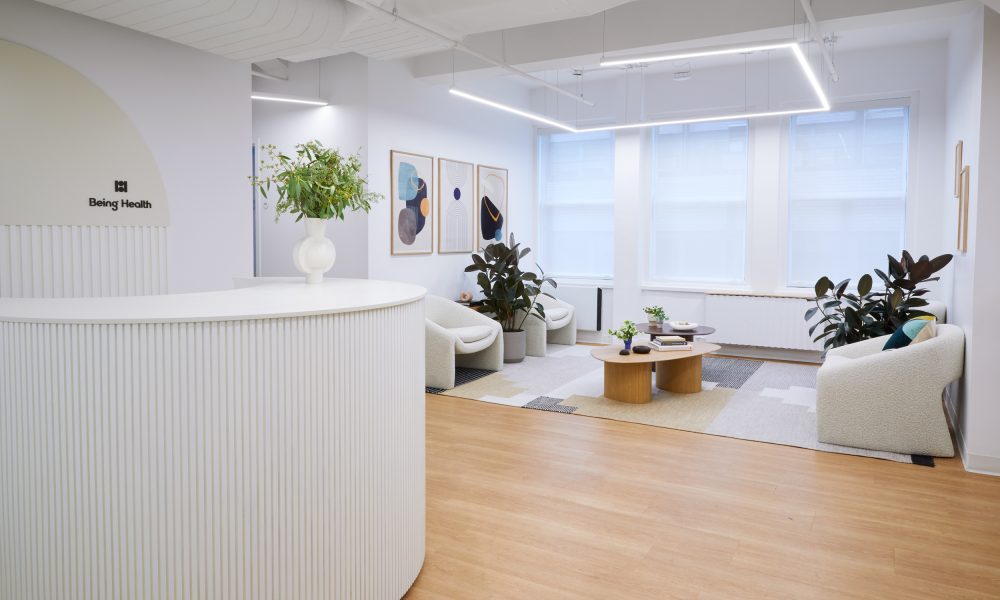The average American spends as much as 90% of their time indoors, whether at work, home, or in public spaces. Yet, the quality of the air we breathe and the lighting we live under is often an afterthought. Poor indoor air and lighting might seem harmless, but their hidden dangers can significantly impact physical and mental health. Without noticing, you may be exposing yourself and your family to conditions that strain your well-being.
Here’s what you need to know about the hidden dangers of poor indoor air and lighting, along with tips to create a healthier indoor environment.
Hidden Dangers of Poor Indoor Air
Allergen Buildup
Indoor air often traps allergens like dust, pet dander, and mold spores, especially in spaces with poor ventilation. Without fresh air circulation, these triggers can build up and irritate the respiratory system, increasing the risk of allergies or asthma.
How to Avoid It:
- Use air purifiers with HEPA filters to capture allergens effectively.
- Vacuum carpets, rugs, and furniture regularly with a vacuum that includes a filter capable of trapping fine particles.
Volatile Organic Compounds (VOCs)
VOCs are harmful chemicals emitted by certain paints, cleaning products, furniture, and even air fresheners. Long-term exposure can cause headaches, nausea, or, in severe cases, contribute to respiratory illnesses and cancer.
How to Avoid It:
- Choose low-VOC or VOC-free paints and furniture for your home.
- Ventilate your space by opening windows while using cleaning products or painting.
Trapped Carbon Dioxide (CO2)
When windows are rarely opened and ventilation is inadequate, carbon dioxide levels can rise, especially in crowded spaces. High concentrations of CO2 can cause fatigue, drowsiness, and impaired concentration.
How to Avoid It:
- Open windows or doors for at least 10-15 minutes daily to refresh the air.
- Incorporate indoor plants like snake plants, which can help regulate CO2 in the air.
Hidden Dangers of Poor Lighting
Disrupted Sleep Cycles
Exposure to artificial blue light in the evenings from sources like phones, TVs, and LED lights can suppress melatonin production, disrupting your natural sleep cycles. Poor sleep leads to fatigue, reduced focus, and an increased risk of chronic conditions like heart disease.
How to Avoid It:
- Reduce screen time at least one hour before bed.
- Install warm, dimmable lights in bedrooms to create a calming pre-sleep environment.
Eye Strain and Fatigue
Bright artificial light and insufficient task lighting can lead to digital eye strain. This manifests as blurry vision, dry eyes, and headaches caused by excessive focus on digital screens. Poor lighting can also increase fatigue and make mundane tasks feel more taxing.
How to Avoid It:
- Use anti-glare screen filters and adjust monitor brightness to reduce strain.
- Place adjustable desk lamps in work areas to maintain optimal lighting intensity for tasks like reading or typing.
Conclusion
The quality of your indoor air and lighting directly impacts your health in ways you might not realize. From the buildup of allergens in your living spaces to the effects of blue light disrupting your nightly rest, these hidden dangers are worth paying attention to.
By taking simple steps like improving ventilation, choosing low-VOC products, and adjusting the type and timing of your lighting, you can create a healthier indoor environment. Remember, these small changes can have a big impact on your everyday well-being, ensuring that your home or workspace is not just comfortable but also safe for your health.




